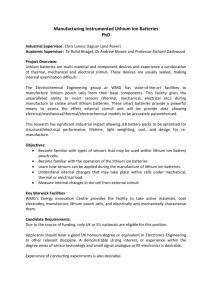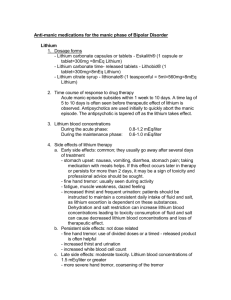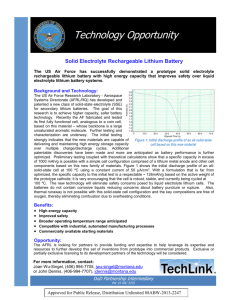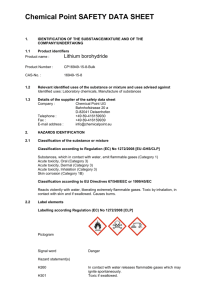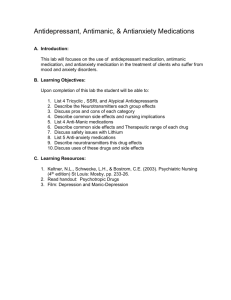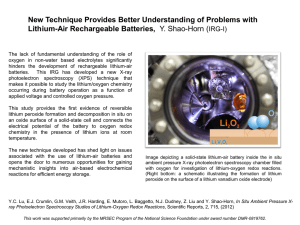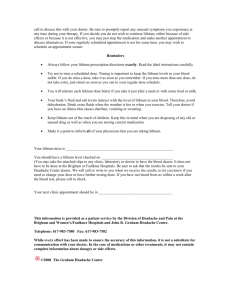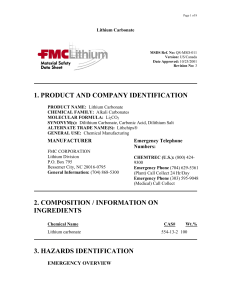bipolar disorder - lithium toxicity leaflet for patients
advertisement
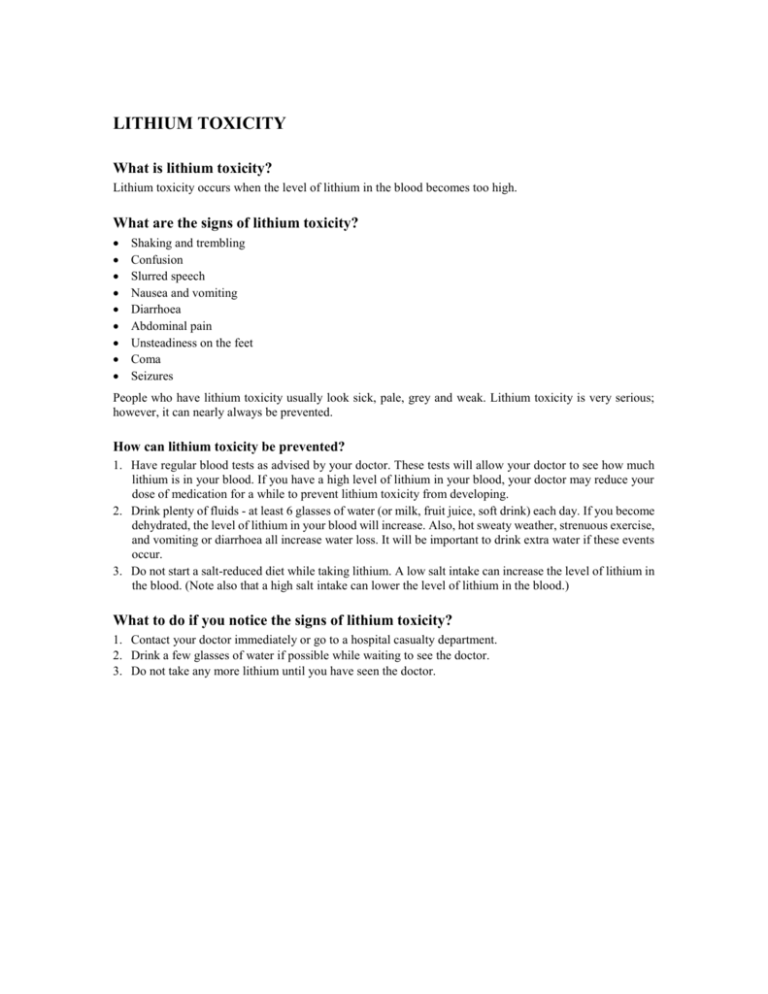
LITHIUM TOXICITY What is lithium toxicity? Lithium toxicity occurs when the level of lithium in the blood becomes too high. What are the signs of lithium toxicity? Shaking and trembling Confusion Slurred speech Nausea and vomiting Diarrhoea Abdominal pain Unsteadiness on the feet Coma Seizures People who have lithium toxicity usually look sick, pale, grey and weak. Lithium toxicity is very serious; however, it can nearly always be prevented. How can lithium toxicity be prevented? 1. Have regular blood tests as advised by your doctor. These tests will allow your doctor to see how much lithium is in your blood. If you have a high level of lithium in your blood, your doctor may reduce your dose of medication for a while to prevent lithium toxicity from developing. 2. Drink plenty of fluids - at least 6 glasses of water (or milk, fruit juice, soft drink) each day. If you become dehydrated, the level of lithium in your blood will increase. Also, hot sweaty weather, strenuous exercise, and vomiting or diarrhoea all increase water loss. It will be important to drink extra water if these events occur. 3. Do not start a salt-reduced diet while taking lithium. A low salt intake can increase the level of lithium in the blood. (Note also that a high salt intake can lower the level of lithium in the blood.) What to do if you notice the signs of lithium toxicity? 1. Contact your doctor immediately or go to a hospital casualty department. 2. Drink a few glasses of water if possible while waiting to see the doctor. 3. Do not take any more lithium until you have seen the doctor.

